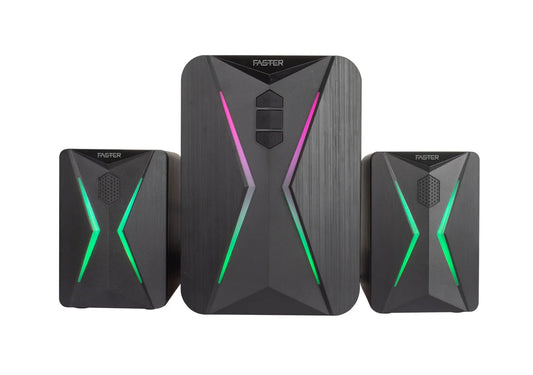
How to Use a Power Bank: Here's Everything You Need to Know
If your phone dies, what should you do? Uncharged cell phones can cause life-threatening situations. Luckily, a power bank is a great solution to keep your mobile device charged on the go while you're out and about. If you are interested in learning more about power banks, this article is for you. Let's begin.
How to Charge a Power Bank
You can charge a power bank without breaking a sweat, especially since most come with instructions. However, if yours didn't, you can still do it without a problem. The following steps will help you charge your power bank:Step One: Plug in the power bank's cable
Connect the USB cable that came with the power bank to the port on the power bank. Power banks normally have micro USB ports.Step Two: Connect the cable to the power supply
In the next step, you will have to plug the other side of the cable into the power supply. If you have a wall outlet nearby with built-in USB ports, you won't need an adapter since the other end of the cable is usually a standard USB cable.Step Three: Your power bank should begin charging
Keep an eye on your power bank while it is charging. If it has a light indicator on the side, keep an eye on it. Once the power bank is recharged, the light indicators on the power bank will start to shine.Step Four: Unplug the power bank
You should unplug the charger after it has been fully charged, as leaving it plugged in will significantly shorten the life of your power bank's battery.How Often Should You Charge Your Power Bank?
The battery life of your power bank will be shortened if you charge it frequently. Only charge it when you need to. To keep the battery alive, at least charge your power bank once every three months if you use it rarely.Tips and guidelines for using power banks
You can extend the life of your power bank by following a few simple guidelines mentioned below:- Power banks work best at room temperature because they use lithium rechargeable battery technology. They don't tolerate excessive cold or too hot temperatures. Moreover, They should not be left in cars.
- It is always recommended to charge a new power bank completely before using it for the first time.
- Charge the power bank as soon as possible after you use it so it will always be ready. The power bank is of no use if the battery is not charged.
- Long discharge periods are not good for lithium ion and polymer rechargeable batteries. If you haven't used the power bank for a while, you should periodically recharge it.
- You should always use power banks for the specific devices they were intended to charge, regardless of the voltage.
- To keep a power bank in good condition, the battery must be kept dry at all times as it contains a high amount of power which means that moisture can adversely affect its performance.
- Ensure that power banks are not kept in pockets or bags containing metal objects, as they can cause short circuits.
- Handle power banks with care. Dropping them can damage the circuit boards, lithium rechargeable batteries, or even the case.
Wrap up!
Thank you very much for reading through it, and we hope you find the information on this page useful. In case of confusion, refer to the instruction manual with your power bank or return to this page. Please feel free to leave any comments, questions, or concerns about this guide if you have any.
Tags:
Previous
Top 10 Mobile Phone Accessories That We Buy In 2023
Next
5 things You Need to Know about Fast Charging Your iPhone







